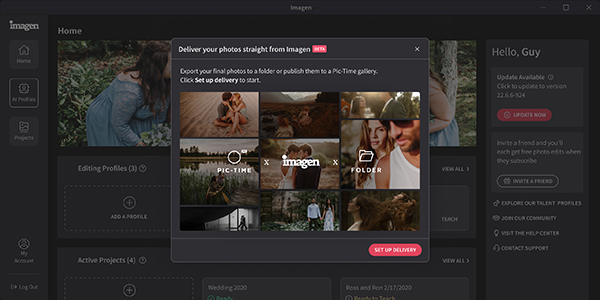Why Autofocus Fails & How to Capture Sharp Photos Every Time (VIDEO)
If you’re struggling with the autofocus of your camera and not achieving razor-sharp images on a consistent basis you’ve come to the right place. The following tutorial from an experienced pro demonstrates a variety of common mistakes and foolproof solutions for perfect results.
Instructor Jan Wegener is an acclaimed German nature and wildlife photographer who is very generous about sharing the secrets to his success. After watching todays 13-minute episode you’ll be able to achieve fast and precise focus acquisition forever more.
The methods described work equally well for both action shots and static subjects, and Wegener explains the challenge like this: “Even with the most advanced cameras and autofocus systems you need to follow a few critical steps so you end up with stunning, sharp images.”

Wegener says some of his tips are those you’ve never heard before and may even sound a bit crazy, but trust him because they really work wonders. His “essential field techniques” begin with a quick discussion of configuring the camera properly by dialing in several important settings.
Even more critical for fantastic autofocus results are Wegener’s foolproof methods for shooting in the field, and these represent the balance of the lesson. His says the most common mistake photographers make is not pre-focusing before making the shot.
That because “the more your subject is already in focus before capturing the shot the great the chances will be that your camera will be that your camera will jump right onto it.”

On the other hand, if the scene is completely defocused when framing up a photo “many cameras will have a hard time finding the subject and sticking to it.” So pre-focus whenever possible, even if that means estimating camera-to-subject distance and focusing on a comparable spot.
The foregoing is just a small taste of how Wegener’s advice will supercharge your keeper rate, so pay close attention and jot down a few notes for future reference. And then pay a visit to his popular YouTube channel were you’ll find more instructional videos for nature and wildlife photography.
We also recommend watching the earlier tutorial we featured with another accomplished pro who demonstrates seven reasons your outdoor photographs are boring, with in-camera techniques for getting things right.















